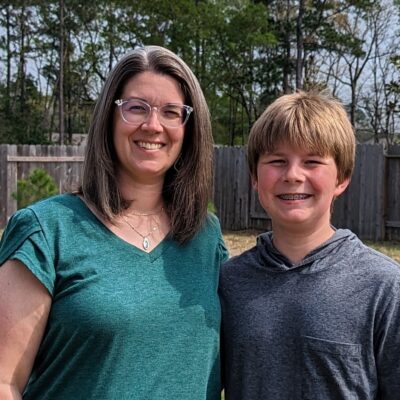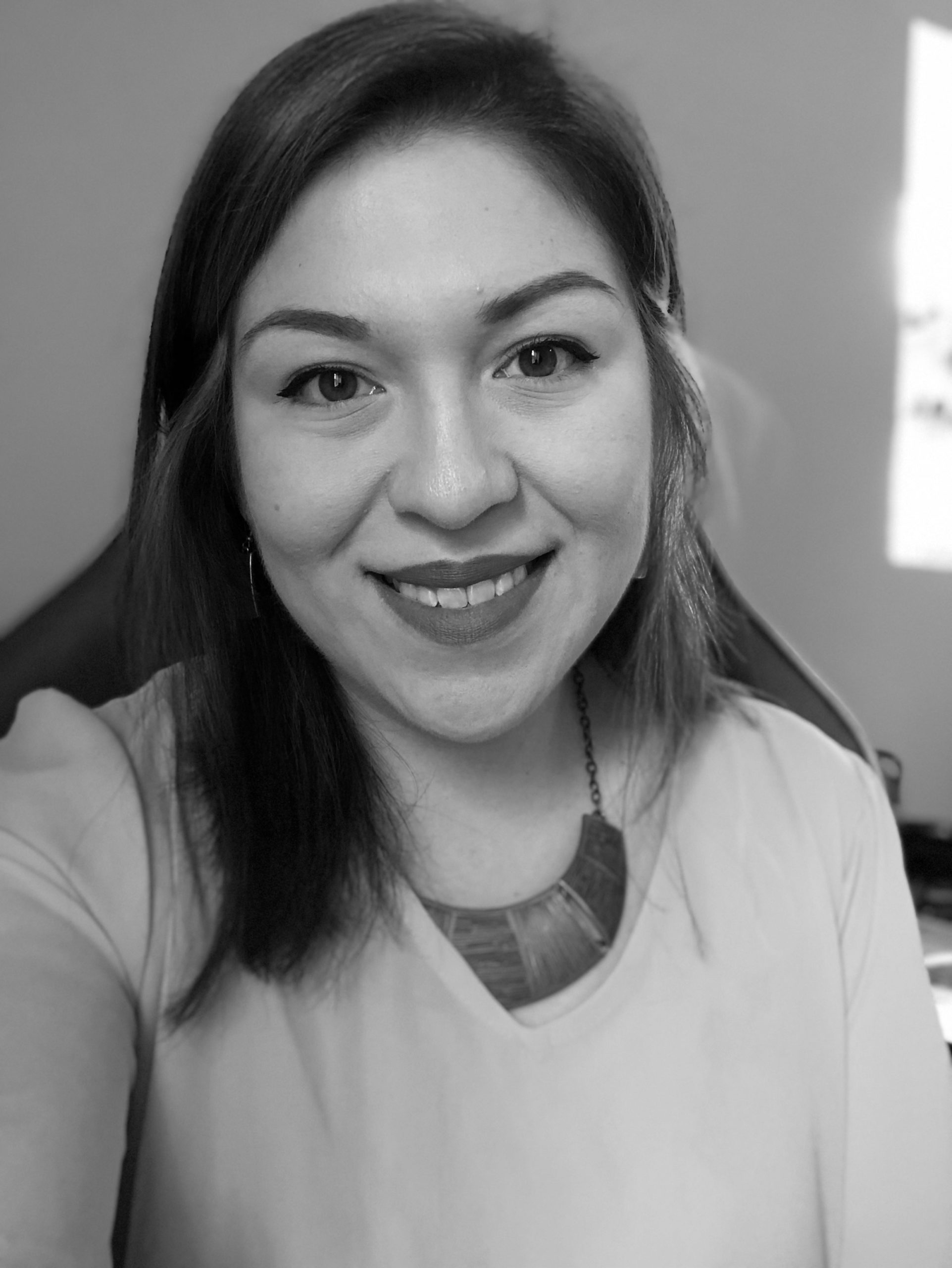How a picture prevented a life-threatening emergency room visit
Type 1 diabetes (T1D) is when the body’s immune system mistakenly attacks the pancreas until little to no insulin is left. Insulin is the hormone that converts glucose from the food we consume into energy for the body. Without energy, our bodies begin to shut down, leading to the signs of type 1 diabetes.
Kathy Sweger, from The Woodlands, Texas, shared her son’s type 1 diabetes diagnosis story with Beyond Type 1, emphasizing the power of social media in generating awareness.
Understanding type 1 diabetes
I heard about type 1 diabetes through a friend, Amy, who also has a child with type 1. She posted a lot about it on her social media channels, sharing the signs of type 1 diabetes and what may be brushed off as the flu or growing pains.
T1D diagnosis

My son was about to turn 12 in the summer. He had just spent a week with his grandparents, and when he came back, he was exhausted. This was not unusual when we went to visit the grandparents, but it just seemed to drag on. He was tired and drinking a lot of water.
He wet the bed a time or two, which is unusual at age 12, and it was not a problem before. I recalled Amy’s posts and texted her. I said, “I can’t find your (diabetes) warning signs list picture. Can you send it to me?”
(Click here to download our #SeeTheSigns graphic)
She sent me the picture and it was check, check, check! I told her, “I’m a little concerned,” and she said, “go to the doctor and ask them to do a blood prick.” At the time, I had no idea what that even meant.
We took him to the doctor the next day. We had just moved to the area, so it wasn’t a pediatrician that we knew. When he went to get his blood work done, he about passed out and the doctor wasn’t able to complete it. We left the doctor without answers or directions. We were told to just “go back for the blood work later.”
That night, Amy came over and gave me a blood glucose meter. She said, “you should just check him,” to which I replied, “I don’t even know how to do that!” I remember calling her and saying, “What am I supposed to do?” We had no idea what the blood sugar reading even meant. When it read over 22.2 mmol/L400 mg/dL, I called her back and said, “is that bad?” She told me to take him to the emergency room.
When we got to the emergency room, I remember not even having filled out the paperwork yet and they called us back. When you bypass all the other people waiting in line and your paperwork’s not finished, you know it’s an emergency! That was the beginning of my son’s type 1 diabetes diagnosis story.
Kathy’s takeaways: don’t ignore the signs
We were saying, “He’s just thirsty. He’s just tired. He’s been away.” Don’t ignore some of those things—it could be a big deal. I don’t want to scare anybody and it might not be a big deal, but if we had gotten a finger prick in the doctor’s office, we might have avoided needing to run to the ER in the middle of the night.
We could’ve been on the verge of diabetic ketoacidosis (DKA), but we were not there. He did not have to be in ICU, and we spent two nights at the hospital.
If you see the signs of type 1 diabetes like Kathy did, immediately see a healthcare provider to ensure you or your loved one is treated as soon as possible. Early diagnosis of type 1 diabetes saves lives.
See the signs
The signs of type 1 diabetes are often mistaken for a urinary tract infection, growth spurt in children/teens, type 2 diabetes, an eating disorder or other illnesses. Thanks to a friend sharing the signs on her social media, Kathy was able to get her 10-year-old diagnosed before it got dangerous.





